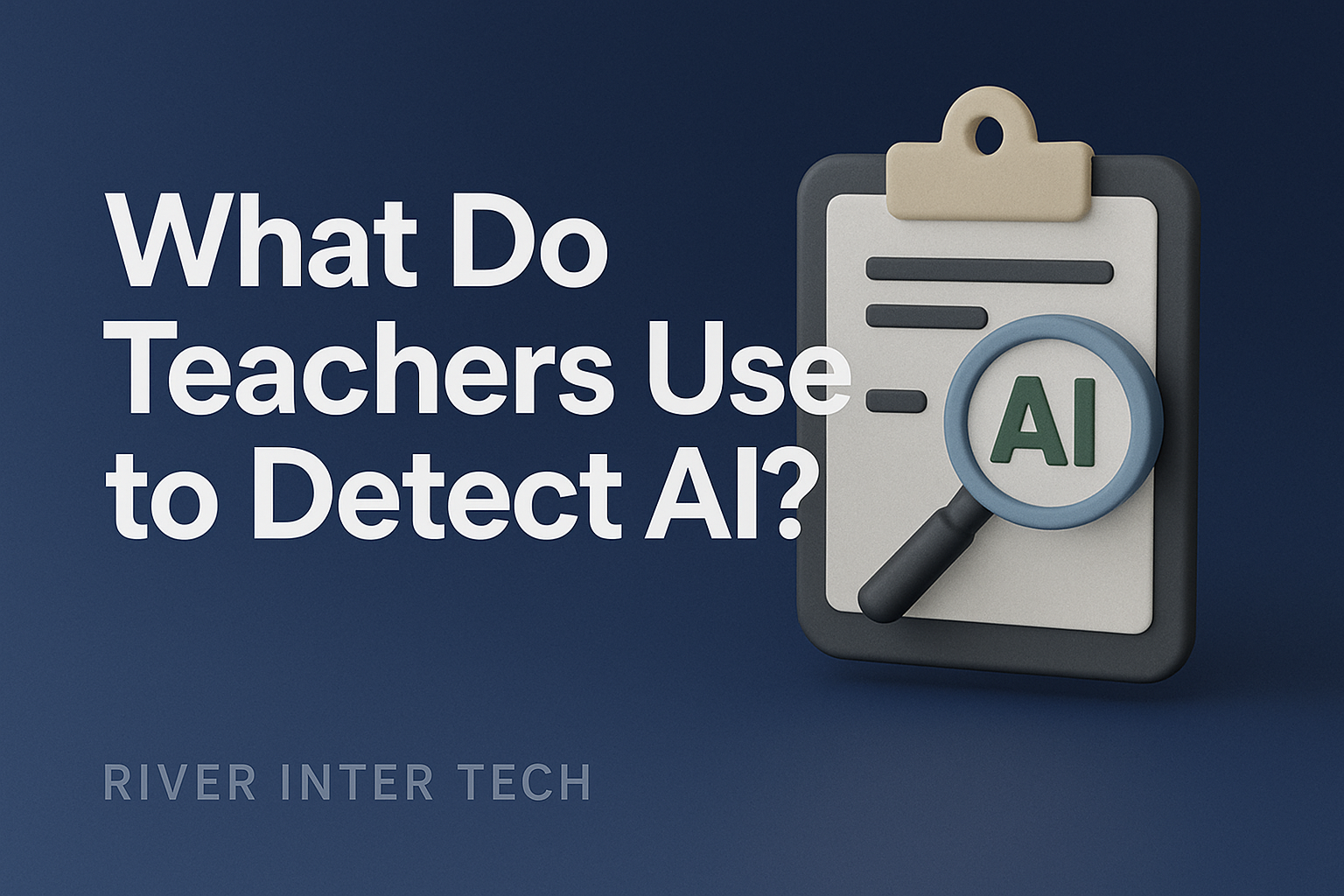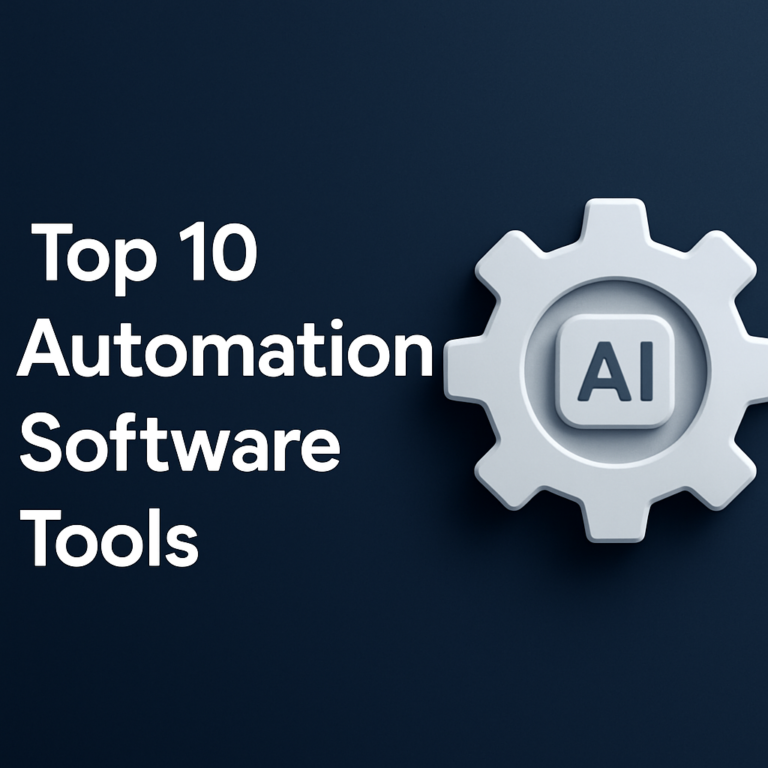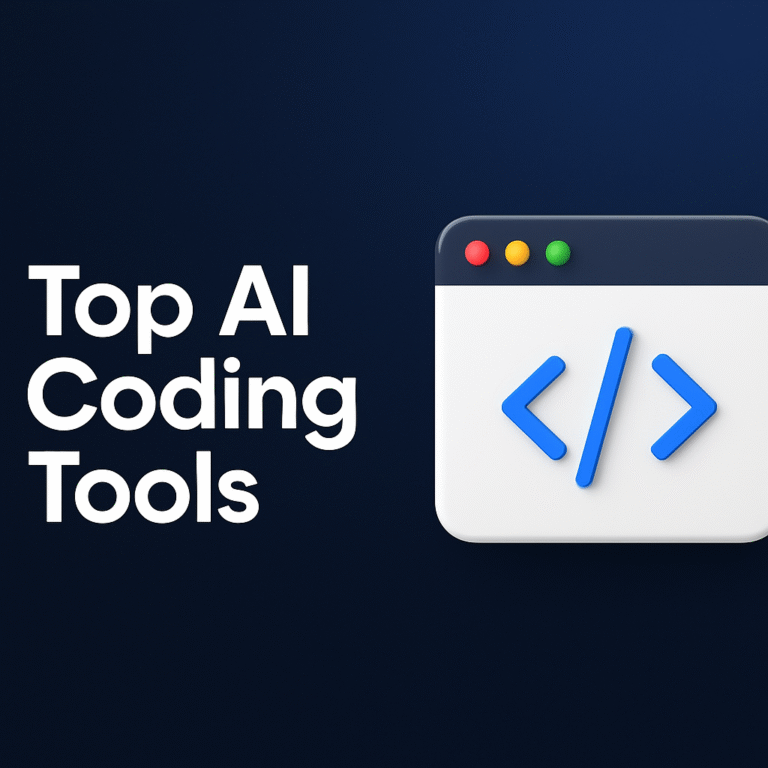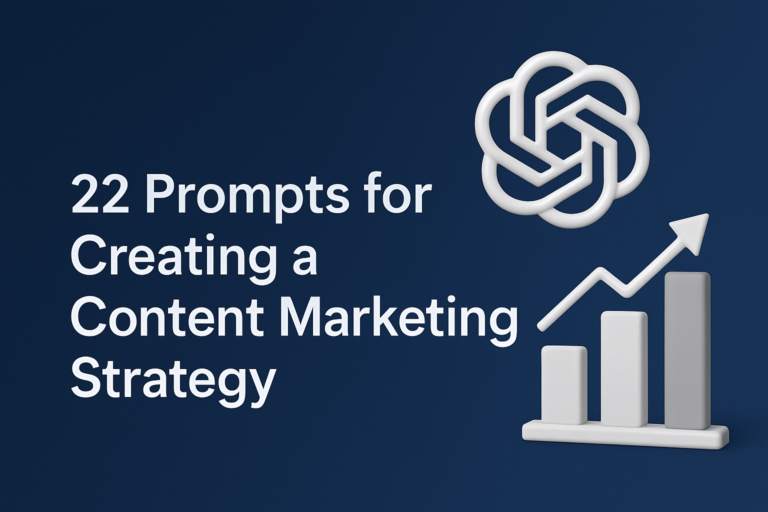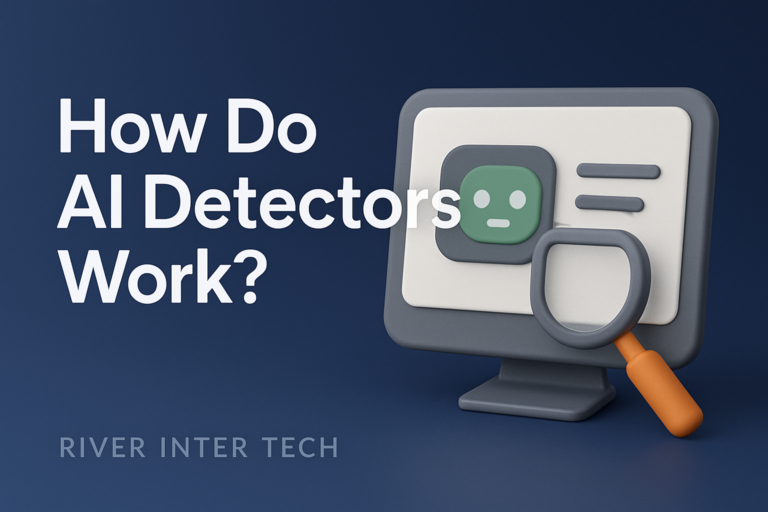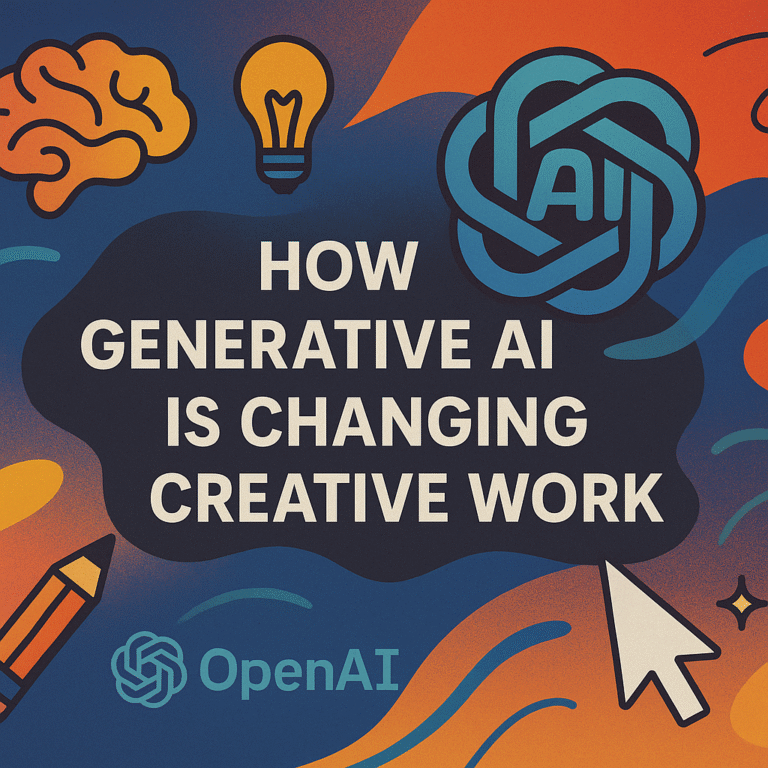How Do Teachers Detect AI? Tools & Methods Explained
Did you ever read an essay so polished you wondered, “Did a student really write this?” That’s the daily reality now, prompting the question: “What do teachers use to detect AI?” Artificial intelligence (AI) is everywhere in schools, making it tough to know if student work is truly their own.
The game keeps changing, and each year AI gets better at sounding like a real person. Teachers, though, don’t want to play detective—they want to help students learn and grow.
Let’s walk through what’s happening, what tools teachers use to catch AI, and how schools can respond with skill and care.
Key Takeaways
Spotting AI writing is tricky, and it’s only getting harder. Tools like GPTZero, Copyleaks, Winston AI, and Turnitin help answer, “what AI checkers do teachers use?” but none are perfect.
Many teachers now mix these tools with their own judgment. AI detectors can make mistakes. Sometimes, they flag real student work—especially from kids who are still learning English or have a different style.
So, the best approach is a mix: use the tech, but trust your experience. As AI grows, teachers are changing how they grade and assign work, keeping eyes open for both tech and talent.
Challenges of AI Use in the Classroom
AI offers cool shortcuts, but these come with problems. One big issue is over-reliance. If students lean on AI too much, they skip thinking things through themselves. In a 2023 survey, 67% of U.S. high school students admitted to using AI for assignments (BestColleges). Now that’s a lot of students getting a little extra “help.”
But there’s more. AI and detection tools can be biased or inaccurate. Sometimes, AI gets facts wrong or grades unfairly. Detectors have also been shown to misflag work, especially for English learners (Nature). Not every school can afford good software, either. This raises the question, “What do schools use to detect AI?” Many districts face budget issues, so some teachers have to do without top tools (EdTech Magazine). On top of that, each teacher feels differently about AI—some see a cool new tool, others see a threat to honest learning (THE Journal).
Can Schools Detect AI Writing?
The short answer? Not always. No AI detector catches everything, leaving educators to wonder, “What app do teachers use to check for AI?” OpenAI, the company behind ChatGPT, shut down its own checker in 2023 because it was right only about 26% of the time (OpenAI Blog). Most tools—like GPTZero or Copyleaks—work better on older AI models. The latest ones, like GPT-4, can fool them more easily (Academic Integrity Review).
Detection depends on a few things. First, how the student used AI: if they copy and paste a full answer, that’s easier to catch than if they just use AI for ideas and then rewrite. Second, it’s about knowing your students’ writing style. Sudden jumps in quality or tone can stand out. But here’s a real risk: sometimes the tools flag honest work as AI, especially for kids who write in a way that’s not typical for their grade level or for learners of English. So teachers use these reports as clues, not proof (Common Sense Education).
Students are clever, too. They might paraphrase, use translation software, or mix AI with their own edits to slip past detectors (Reddit: r/Professors). That makes it even more important for teachers to watch for the full picture, not just run a text through a tool.
How Do Teachers Check for AI?
Checking for AI-written work feels like a puzzle with lots of pieces. Here’s how teachers put it together:
Compare Typed Work to Handwriting
If you see a sudden jump in skill from what a student usually writes by hand, that’s a clue. Some teachers keep samples of student handwriting or earlier essays around for just this reason (Cult of Pedagogy). If the typed work is much smoother or uses big words out of nowhere, it might be AI.
Look for Odd Shifts or Flat Voice
AI can be good, but it often falls into patterns—odd jumps between ideas, a super-formal tone, or a lack of real emotion. Teachers spot these as red flags (Edutopia). If the essay sounds boring or detached, it’s worth a closer look.
In-Class Writing and Conversations
Nothing beats seeing a student write in class. Oral follow-ups help too—just a few questions about the work can show if the student really knows the material (Reddit: r/Teachers). These strategies put the power back in the teacher’s hands.
Use AI Detection Tools
Responding to the inquiry, “What do teachers use to detect AI?” teachers use tools like GPTZero, Copyleaks, and Winston AI to scan for suspicious language patterns. But they use them as backup—not as a verdict (Educause Review). Schools remind staff: don’t rely on the tool alone.
Best AI Writing and Plagiarism Checkers for Teachers
Now, let’s lay out the most popular tools, side by side:
| Tool | Free Option | Paid Plans (USD/month) | Accuracy (Older Models) | GPT-4 Accuracy (Unofficial) | Languages | LMS Integration | Notable Features | Weaknesses |
|---|---|---|---|---|---|---|---|---|
| GPTZero | Yes | $8.33+ | 85% | Lower | English | No | “Burstiness,” batch check | False positives |
| Copyleaks | Trial | $7.99–$13.99 | 99%+ | Much lower | 30+ | Yes | Color-coded reports, code checking | Costs |
| Winston AI | Trial | $12+ | 99.98% | Not published | English, Fr. | Yes | Probability score, handwriting scanning | Paid only |
| Turnitin | Included* | School subscription | n/a | Mixed, debated | Many | Yes | Plagiarism and AI, school-wide adoption | False positives |
*Many schools already pay for Turnitin.
GPTZero stands out for being easy to use and free for quick checks. Its “perplexity” and “burstiness” can find AI’s rhythm, but it sometimes flags honest work—especially if you write in a way that’s not “average.”
Copyleaks claims great results with older AI but, like the rest, it falls short against the newest models. It works in many languages and connects with classroom tools, but the free tier is limited.
Winston AI is trusted and up-to-date, supporting both English and French. You get a trial, but then need to pay. It’s especially good for teachers who want clear scoring.
Turnitin is already in lots of schools and now tries to flag AI, but teachers report mixed accuracy with the newest AI.
All tools can mess up—so students should never get in trouble based only on what a detector says. Many schools ask teachers to use these as one clue, never as the only proof (Washington Post).
Strategies to Combat AI-Generated Content
Stopping AI misuse isn’t just about catching cheaters; it’s about guiding students to do the work themselves. Here’s what works:
Set Clear, Fair Guidelines
Teachers start by making rules about how and when AI is okay for schoolwork (UNESCO). When kids understand the line, they’re less likely to cross it by mistake.
Assign Multi-Step and Creative Tasks
Breaking projects into steps—like drafts, outlines, and peer reviews—makes it hard to copy and paste AI answers (Edutopia). Teachers also mix things up: presentations, videos, reflections, and hands-on tasks encourage real effort.
Follow Up and Connect
Talking to students about their work—either in writing or face-to-face—can show if they really “own” what they turned in (Reddit: r/Teachers). Building these relationships fosters trust, so students see learning as the goal, not just a grade.
Steps Teachers Take to Verify Work
- Collect a handwriting sample in class for comparison later.
- Scan typed work with AI tools and look for red flags.
- Check for abrupt changes in style, tone, or vocabulary.
- Ask follow-up questions or do an oral quiz.
- Review process: Peer review, drafts, and outlines.
- Decide only after looking at all the evidence together.
FAQ: Your Most Common Questions, Answered
Can AI detectors always spot AI-generated student assignments?
No. Tools miss advanced AI writing and sometimes make mistakes, especially with ESL students (Nature, 2023).
What free tools do teachers use to detect AI writing?
GPTZero (limited uses), Copyleaks (trial), and Turnitin (school subscription) are most popular.
What are the biggest challenges with AI detectors?
Accuracy against modern AI, bias, and how easy it is for students to fool the system.
How can teachers fairly check if a student used AI?
Combine reports from AI tools with writing samples, in-class work, and honest talks. Never trust a tool alone.
Are plagiarism and AI detectors the same?
No. Plagiarism checkers look for copied sources. AI detectors look for patterns typical of machine writing.
What strategies reduce AI misuse?
Mix up assignments, lay out clear rules, and check in with students often.
Do all schools require teachers to use AI detectors?
No. Policies differ. Some let teachers choose their own path.

